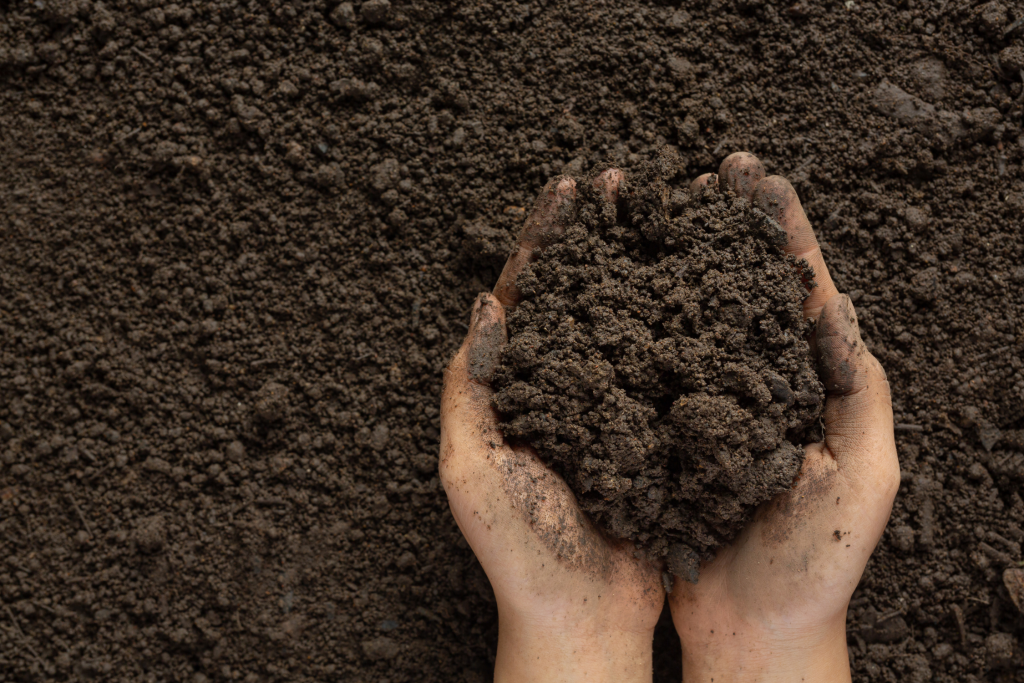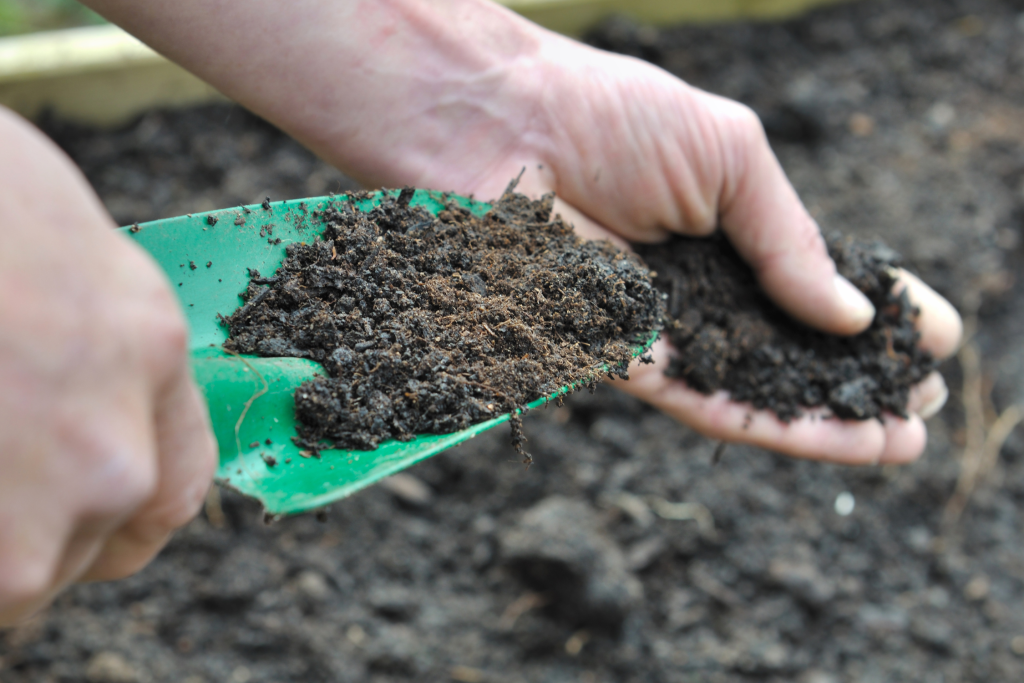Choosing the right soil is crucial for the success of any garden. Whether you’re planting fruits, vegetables, herbs, or ornamental plants, the quality and type of soil can significantly impact the health and productivity of your garden. In this blog, we will explore the characteristics of the best soil for different types of plants and offer tips on how to create the perfect growing environment.

Characteristics of Ideal Soil
The ideal soil for planting should possess the following characteristics:
- Good Drainage: Soil should allow excess water to drain away while retaining sufficient moisture for plant roots.
- Rich in Nutrients: Essential nutrients like nitrogen, phosphorus, and potassium should be abundant.
- Proper pH Level: Most plants prefer slightly acidic to neutral soil (pH 6.0-7.0).
- Adequate Aeration: Soil should have enough air spaces to allow roots to breathe.
- Organic Matter: A good amount of organic matter improves soil structure and fertility.
Best Soil Types for Different Plants
- Fruits:
- Ideal Soil: Loamy soil with good drainage and high organic content.
- Tips: Incorporate compost or well-rotted manure to enrich the soil. Mulch around fruit trees and bushes to retain moisture and suppress weeds.
- Examples: Strawberries, blueberries, apples, and citrus fruits thrive in loamy soil.
- Vegetables:
- Ideal Soil: Loamy or sandy loam soil that is rich in organic matter.
- Tips: Rotate crops to prevent nutrient depletion and pest build-up. Use raised beds if your native soil is poor.
- Examples: Tomatoes, carrots, lettuce, and peppers grow well in nutrient-rich, well-draining soil.
- Herbs:
- Ideal Soil: Well-draining soil with moderate fertility.
- Tips: Most herbs prefer slightly dry conditions, so avoid overwatering. Add sand or perlite to improve drainage if needed.
- Examples: Basil, rosemary, thyme, and mint thrive in well-drained soil with moderate nutrients.
- Ornamental Plants:
- Ideal Soil: Depends on the specific plant; however, loamy soil with good drainage is generally suitable.
- Tips: Test soil pH and amend it according to the needs of specific ornamental plants. Mulch to conserve moisture and enhance soil structure.
- Examples: Roses, hydrangeas, and marigolds often prefer loamy soil, while succulents require sandy, well-draining soil.
How to Improve Your Soil
If your garden soil doesn’t meet the ideal characteristics, don’t worry. There are several ways to improve it:

- Add Organic Matter: Compost, leaf mold, and aged manure improve soil fertility and structure.
- Adjust pH: Use lime to raise soil pH or sulfur to lower it, depending on your plants’ needs.
- Enhance Drainage: Incorporate sand, perlite, or vermiculite to improve soil drainage.
- Use Mulch: Mulching helps retain moisture, suppress weeds, and add organic matter as it decomposes.
- Soil Testing: Regularly test your soil to monitor nutrient levels and pH, adjusting as needed to maintain optimal conditions.
Conclusion
Selecting and maintaining the best soil for your garden is the foundation of successful gardening. Loamy soil with good drainage, rich in organic matter, and with the right pH level generally suits a wide variety of plants. By understanding the specific needs of fruits, vegetables, herbs, and ornamental plants, and by amending your soil accordingly, you can create a thriving garden that yields bountiful harvests and beautiful blooms.



